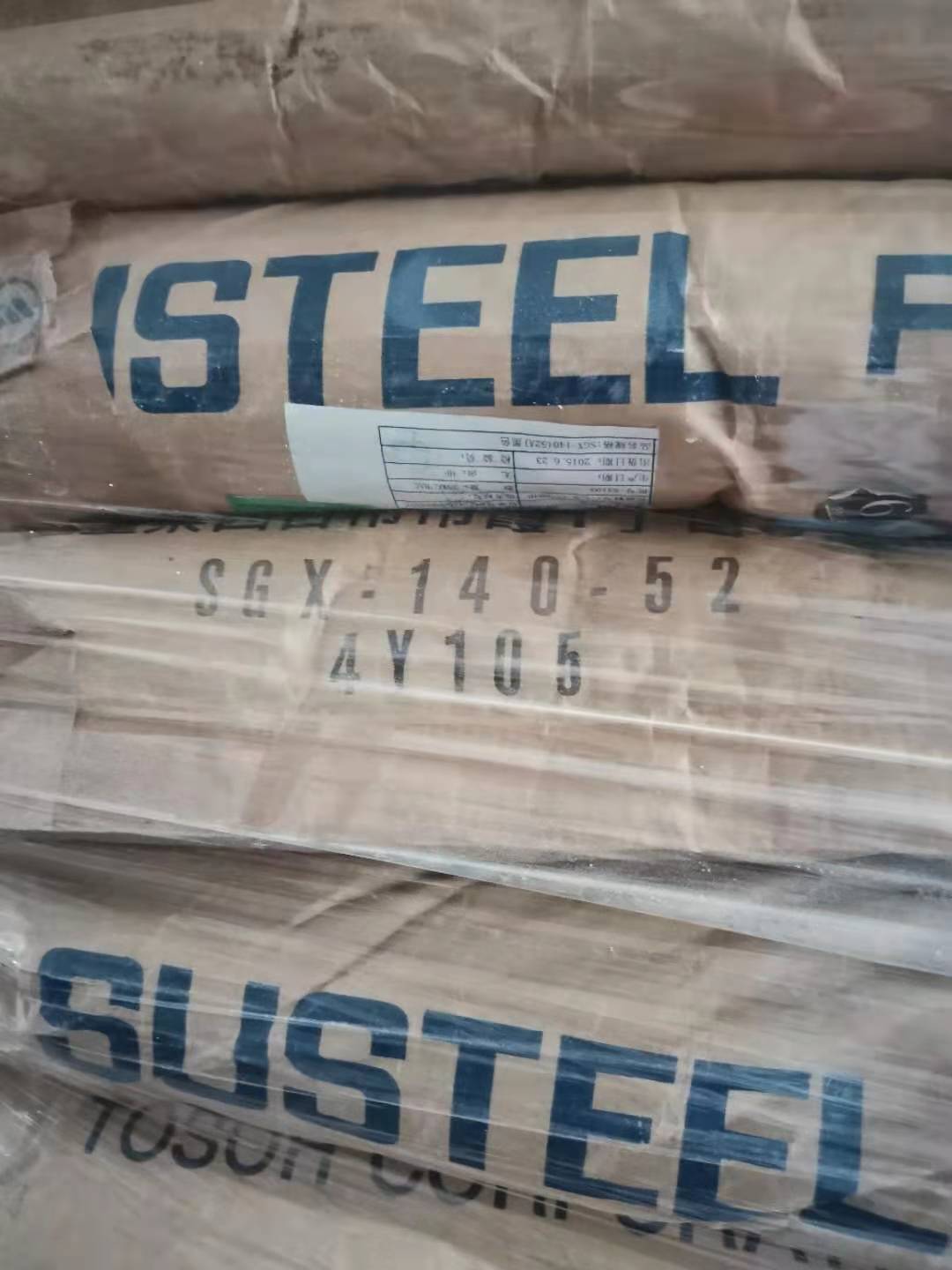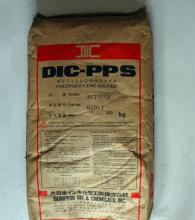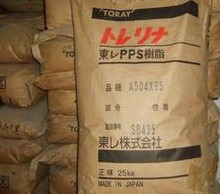旭化成POM 3510---It is due to the different structure that leads to the difference of homopolymer and copolyformaldehyde in various properties. The main differences between the two are: homoformaldehyde has higher density and crystallinity, melting point and HDT are 10 ℃ higher than that of copolyformaldehyde, and the strength, creep resistance and friction resistance are better, but the thermal stability is poor, the processing temperature range is about 10 ℃, and the acid-base stability is low. The density, crystallinity, melting point and strength of copolyformaldehyde are low, but the thermal stability is relatively good, and it is not easy to decompose. The processing temperature range is 30 ~ 50 ℃, and the acid-base stability is good
3510 physical properties table
Basic performance - rating unit - Test Method
Melt flow rate
2.8 g/10min ASTM D1238
(190℃/2.16kg) 2.8 g/10min ISO 1133
Water absorption (24 hr) 0.2% ASTM D570
Physical performance - Rating - unit - Test Method
Specific gravity 1.41 g/cm ASTM D792, ISO 1183
Shrinkage of forming
(Flow) 1.6-2 % ASTM D955,ISO 294-4
(Across Flow) 1.6-2 % ISO 294-4
M-scale 78 ASTM d785
Mechanical properties - Rating - unit - Test Method
Tensile modulus 2650 MPa ISO 527-2
Yield tensile stress 63 MPa ISO 527-2
Tensile stress 61 MPa ASTM D638
elongation at break
75 % ASTM D638
60 % ISO 527-2
Bending modulus 2600 MPa ASTM D790
Bending strength 88 MPa ASTM D790
Talbot wear resistance (1000 cycles) 14 mg ASTM d1044
Charpy Notch Impact Strength (23 ℃) 9 kj/m ISO 179/1ea
Izod notch impact strength 78 j/m ASTM D256
Thermal performance - Rating - unit - Test Method
Thermal deformation temperature
(0.45MPa,unannealed) 158 ℃ ASTM D648
(0.45MPa,unannealed) 156 ℃ ISO 75-2/B
(1.8MPa,unannealed) 110 ℃ ASTM D648
(1.8MPa,unannealed) 95 ℃ ISO 75-2/A
Linear thermal expansion coefficient of flow direction 0.0001 cm/cm/ ℃ ASTM e831
Flame retardant grade HB UL 94






